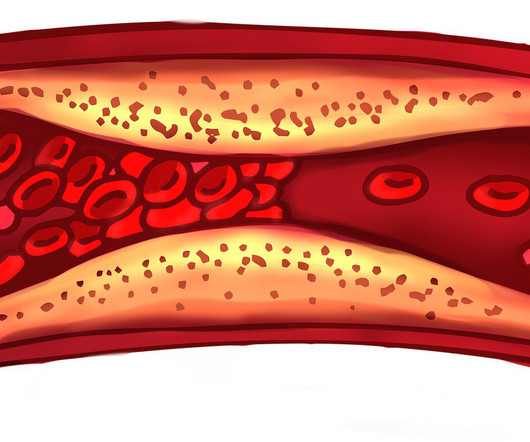Abstract WP20: Hemorrhagic Conversion Patterns After Stroke Thrombolysis With Alteplase versus Tenecteplase Real-World Experience
Stroke Journal
FEBRUARY 1, 2024
Secondary endpoint included the radiographic pattern of hemorrhagic conversion according to the Heidelberg bleeding classification (HBC).Results:Median Suggested mechanisms of bleeding are hemorrhagic conversion in clinically silent infarcts and contusions underlying the lesions. Results:Median age was 62.94 for alteplase and 64.45






































Let's personalize your content